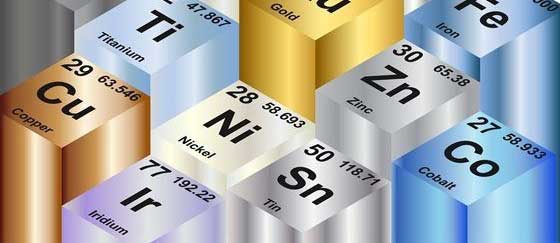 |
Pitting Resistance Equivalent Number |
The Pitting Resistance Equivalent Number, also known as "PREN", is a numerical value calculated based on the mass fraction of certain elements in the metal.
It is an important parameter for quantitatively evaluating and characterizing the comprehensive corrosion resistance of stainless steel. It can be used to evaluate the ability of stainless steel to resist pitting corrosion in chloride environments. It is generally considered that a PREN above 32 is resistant to seawater corrosion.

ASTM G48 specifies standard test methods for pitting and crevice corrosion resistance of stainless steels and related alloys by use of ferric chloride solution.
There are several PREN formulas. The most common is
PREN = %Cr+3.3×%Mo+30×%N
The chromium in stainless steel ensures the metal's basic corrosion resistance. Molybdenum can increase the corrosion resistance of stainless steel by 3.3 times that of chromium, as shown in the formula. Different grades can exhibit similar pitting resistance. For example, 444 ferrite stainless steel, 316 austenitic stainless steel, and 2304 duplex stainless steel exhibit similar pitting resistance in chloride ion environments. For safety and stability, materials with PREN values greater than 40, such as S31254 super stainless steel and S32750 super duplex steel, are commonly used in marine environments.
| Type | Grade | Cr | Mo | Ni | N | PREN |
| Ferrite | 409 | 11.5 | - | 0.5 | 0.3 | 11.5 |
| 430 | 17 | - | 0.75 | - | 16.5 | |
| 444 | 17.5 19.5 |
1.75 2.5 |
1.0 | 0.035 | 24.6 | |
| Austenite | 304 | 18.5 | - | 8.0 10.5 |
0.1 | 18.1 |
| 316 | 16.0 18.0 |
2.0 3.0 |
10.0 14.0 |
0.1 | 24.1 | |
| 317 | 18.0 20.0 |
3.0 4.0 |
11.0 15.0 |
3.0 4.0 |
28.4 | |
| 904L | 19.0 23.0 |
4.5 | 23.0 26.0 |
0.1 | 34.2 | |
| Duplex | 2304 | 21.5 24.5 |
0.3 | 4.8 | 0.05 0.2 |
25.6 |
| 2205 | 22.0 23.0 |
3.0 3.5 |
4.5 6.5 |
0.14 0.2 |
34.1 | |
| 2507 | 24.0 26.0 |
3.0 5.0 |
6.0 8.0 |
0.27 | 43.0 |
Related Post(s)

Pitting corrosion affects metals and alloys such as steel, iron, aluminum, and others...